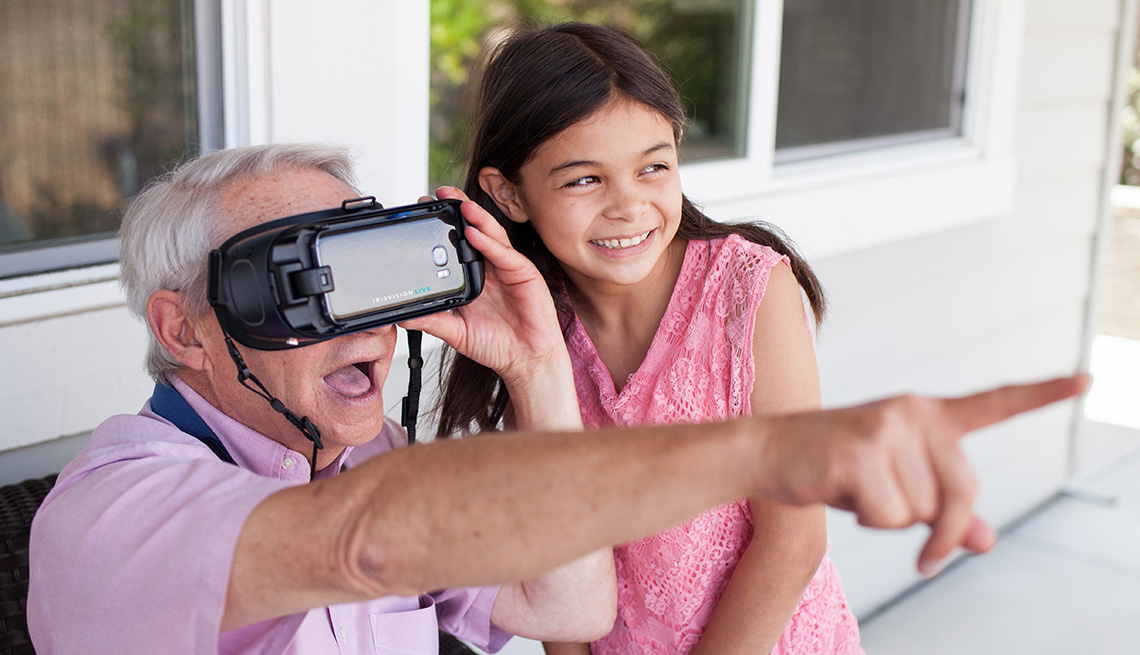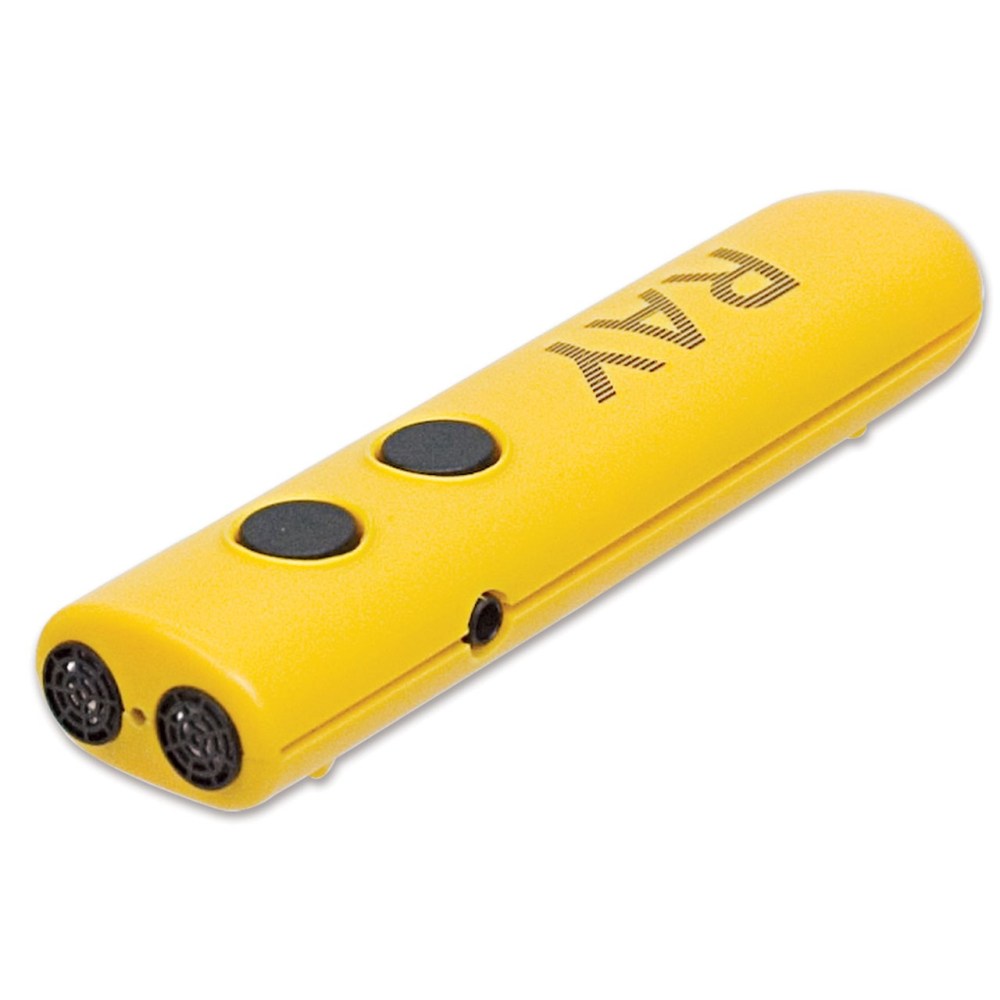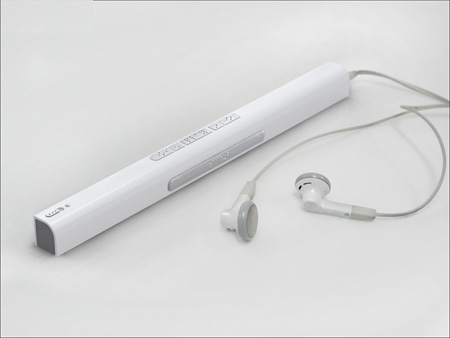Discover Innovative Tools Made for the Aesthetically Damaged
The growth of innovative devices for the aesthetically impaired stands for a considerable advancement in ease of access and self-reliance. Technologies such as smart glasses with AI abilities and mobile applications developed to provide acoustic summaries are improving day-to-day experiences for users. In addition, wearable tools that use haptic comments improve ecological awareness, while contemporary Braille technologies supply new methods to engage with message. As these devices remain to evolve, their effect on the lives of those with aesthetic problems raises essential questions concerning the future of inclusivity and autonomy in different elements of life. What lies ahead in this technological landscape?
Smart Glasses for Navigating

Smart glasses created for navigation are reinventing the method visually damaged people engage with their setting. These innovative tools utilize a mix of video camera modern technology, expert system, and auditory feedback to give real-time details concerning surroundings. By employing challenge detection systems, wise glasses can notify users to possible threats, making it possible for more secure wheelchair in both acquainted and unfamiliar setups.
The assimilation of GPS modern technology even more enhances navigating capabilities, permitting customers to get auditory directions as they move. This hands-free strategy not just fosters independence but additionally empowers visually impaired people to navigate urban landscapes with enhanced confidence. Furthermore, several smart glasses are equipped with attributes that determine spots and street indications, providing contextual information that boosts the customer experience.
Additionally, the development of these tools is continually progressing, with business functioning to enhance the precision of object acknowledgment and expand the variety of navigational functions. As clever glasses come to be much more budget friendly and obtainable, they hold the possible to substantially change day-to-day life for visually impaired users. Eventually, these cutting-edge tools stand for a vital step toward inclusivity, offering enhanced flexibility and a higher feeling of freedom for individuals navigating the globe around them.

Mobile Application for Daily Living
Exactly how can mobile applications boost the every day lives of visually damaged people? Mobile apps are reinventing the means aesthetically impaired individuals navigate their atmospheres, handle day-to-day tasks, and accessibility information. These applications give necessary support through various performances, fostering freedom and enhancing lifestyle.
Several ingenious mobile apps are created especially for everyday living. Applications like Be My Eyes attach aesthetically impaired customers with sighted volunteers via video clip calls, permitting them to receive real-time assistance with tasks such as checking out tags or browsing unknown rooms. Seeing AI, established by Microsoft, utilizes artificial intelligence to explain surroundings, checked out text, and identify items, effectively transforming a mobile phone into a powerful device for everyday aid.
Additionally, navigation applications customized for the aesthetically impaired, such as Aira and BlindSquare, supply audio-based directions and environmental details, making it possible for individuals to traverse their environments safely and with confidence. Past navigation and immediate assistance, mobile applications also support company and job management, with attributes that aid customers establish pointers, create to-do lists, and track consultations. In recap, mobile applications work as essential sources, equipping aesthetically damaged people to lead more independent and meeting lives.
Wearable Technologies for Assistance
Empowerment with modern technology is significantly apparent in the realm of wearable devices made to assist visually damaged individuals. These innovative devices incorporate seamlessly right into daily life, enhancing navigation and giving vital feedback to users. Wise glasses outfitted with cams can read and acknowledge faces message aloud, enabling individuals to communicate even more with confidence in specialist and social settings.
An additional significant improvement is making use of haptic feedback systems in wearable gadgets. These systems use resonances or various other responsive signals to communicate info concerning the individual's setting, such as barriers or modifications in terrain, enhancing movement and safety. Wearable innovations likewise include wristbands that link to mobile phones, alerting customers to notices through refined resonances, hence boosting connectivity without dependence on visual hints.
As these modern technologies proceed to progress, they are not only boosting self-reliance for visually damaged individuals but likewise fostering a higher sense of incorporation in society. By linking the gap between obstacles encountered in everyday living and the capacity for freedom, wearable innovations function as crucial tools in the quest new glasses frames for equality and empowerment for those with visual problems.
Audio Summary Tools
Sound description devices play a critical duty in boosting accessibility for visually impaired individuals, giving them with the capacity to involve with aesthetic media. Braille displays and notetakers. These tools provide narrated descriptions of key aesthetic components in films, television programs, and live performances, making certain that individuals can totally comprehend the context and feelings communicated through visuals
Audio summary can be integrated into different systems, including streaming solutions, movie theater screenings, and live theater. Many prominent streaming services currently include audio description as an accessibility attribute, allowing audiences to choose it quickly. In enhancement to traditional media, specialized apps additionally exist, giving audio summaries for art events, galleries, and various other cultural events.
The efficiency of audio summary depends upon the skill of the storytellers, that have to communicate aesthetic information succinctly without detracting from the original sound. Developments in this field are also paving the method for more individualized experiences, where customers can readjust the level of detail and pacing according to their preferences.
Braille Innovations and Instruments
Braille technologies and tools have substantially changed the method visually damaged individuals connect with message and details. Modern advancements have actually caused the advancement of functional devices that enhance proficiency and independence amongst customers. Especially, Braille display innovations have developed, permitting vibrant reading experiences. These tools transform electronic message right more info here into Braille, making it possible for customers to access a huge range of details on computer systems, tablet computers, and mobile phones.
In addition, mobile Braille notetakers incorporate conventional Braille input with contemporary capabilities, promoting note-taking, organizing, and paper editing on the move. Screen readers for the blind. These portable gadgets commonly feature text-to-speech capabilities, connecting the void in between Braille and acoustic details
Furthermore, cutting-edge Braille printers have emerged, enabling users to generate Braille labels, files, and academic products efficiently. This accessibility fosters better participation in educational and professional settings, inevitably promoting inclusivity.
Moreover, research study right into smart Braille innovations remains to broaden. Tools that integrate artificial intelligence are being discovered to supply real-time navigation support and contextual information, enhancing the user experience in varied settings. Generally, these innovations reflect a dedication to equipping aesthetically damaged people via innovation, guaranteeing they can conveniently access and involve with the world around them.

Final Thought
The improvement of ingenious devices for the aesthetically damaged dramatically boosts freedom click this link and top quality of life. These technologies not just foster better incorporation yet likewise promote freedom in everyday activities, inevitably adding to a much more available and equitable society for aesthetically impaired individuals.
As wise glasses become extra accessible and budget friendly, they hold the possible to dramatically change daily life for aesthetically damaged customers. Mobile applications are reinventing the way aesthetically impaired individuals browse their environments, manage daily tasks, and access details. Applications like Be My Eyes connect aesthetically impaired individuals with sighted volunteers by means of video calls, enabling them to obtain real-time aid with tasks such as reading labels or browsing unknown spaces.In addition, navigation apps tailored for the visually damaged, such as Aira and BlindSquare, offer audio-based instructions and environmental info, making it possible for customers to traverse their environments safely and with confidence.The advancement of cutting-edge devices for the visually damaged significantly enhances self-reliance and high quality of life.